Our Sectors.
Read our latest articles and posts on medical and our company.


Twenty Years Ago.
Today.
These changes are likely to have a significant impact on an industry that remains much too fragmented. Access to innovation is becoming costlier because technologies used to develop new drugs are becoming more and more complex. We went from developing small chemical-based molecules, to drug delivery technologies, to biologics, to cell therapy such as CAR-T and now gene therapy such as CRISPR.
These changes are likely to have a significant impact on an industry that remains much too fragmented. Access to innovation is becoming costlier because technologies used to develop new drugs are becoming more and more complex. We went from developing small chemical-based molecules, to drug delivery technologies, to biologics, to cell therapy such as CAR-T and now gene therapy such as CRISPR.


In developed markets, the era of “me toos” is disappearing fast. Developing or acquiring new drugs will become more competitive and require additional financing, which could be obtained by securing non-dilutive global or regional licensing deals.

I was born and raised in Rwanda. In Kinyarwanda, the word “kuyobora” means “Guide.” I wanted to use this word because guiding our clients to success is at the core of KYBORA’s principles and values.
Clients & Counterparties.

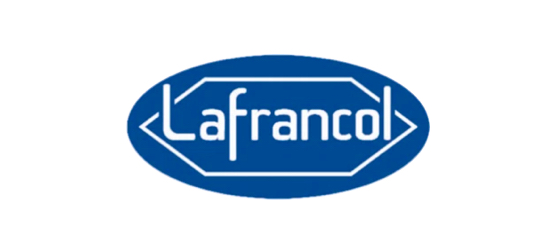
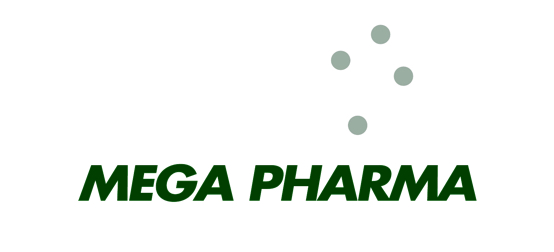
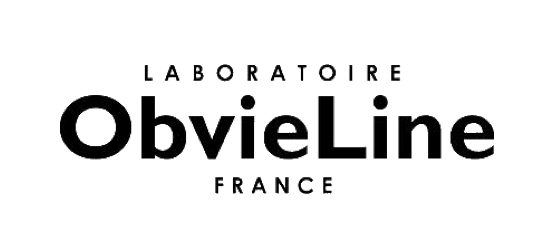
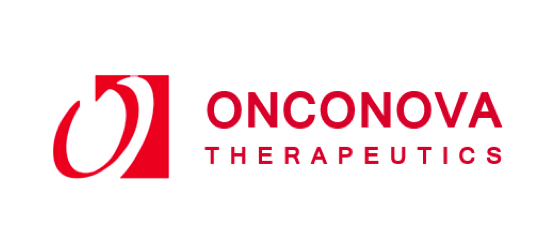

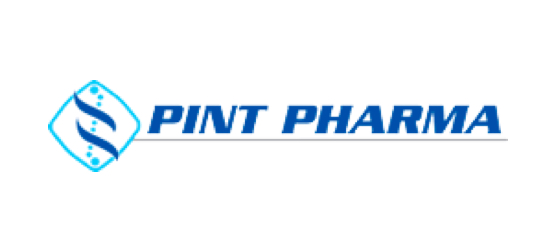
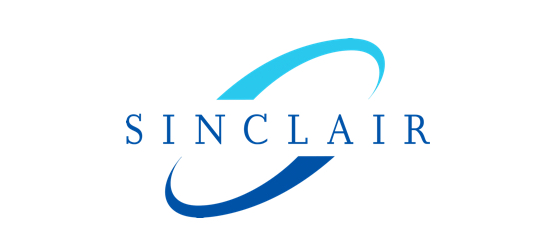
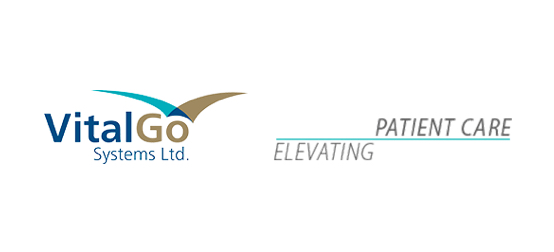


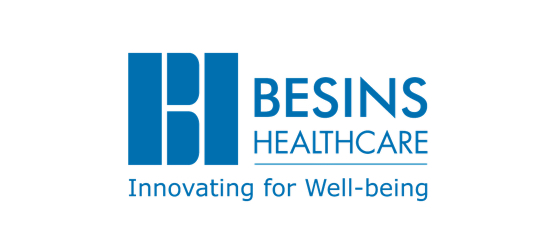
Our team is passionate about helping life sciences companies succeed.